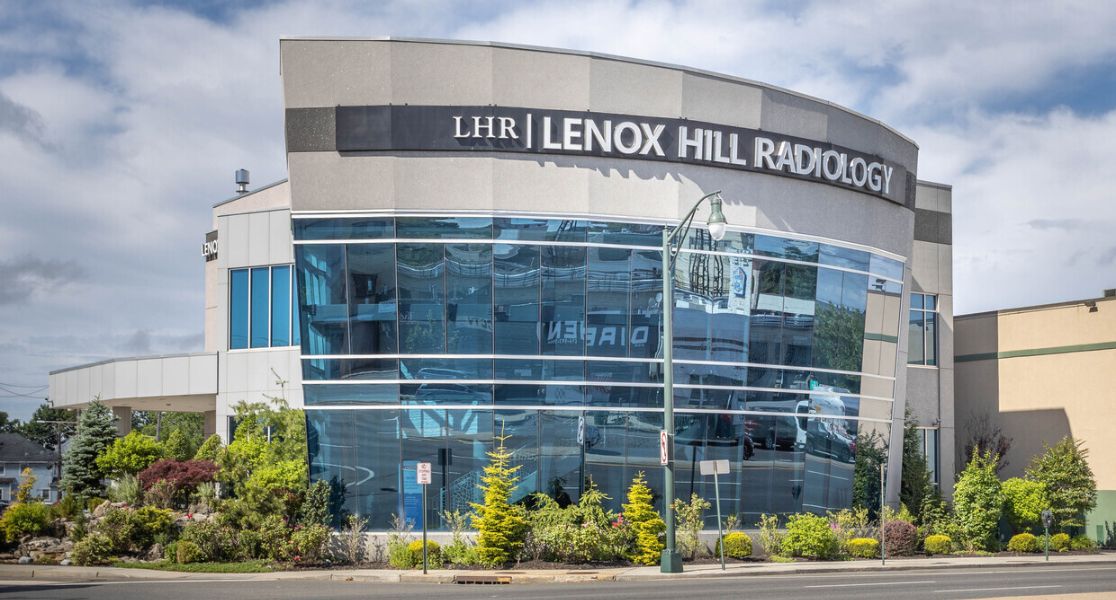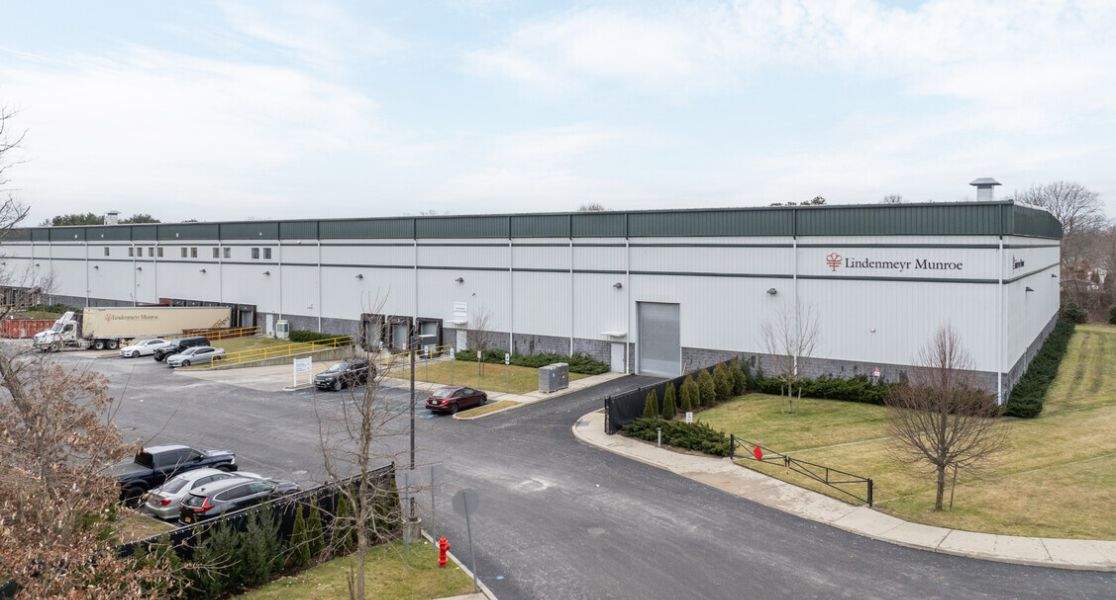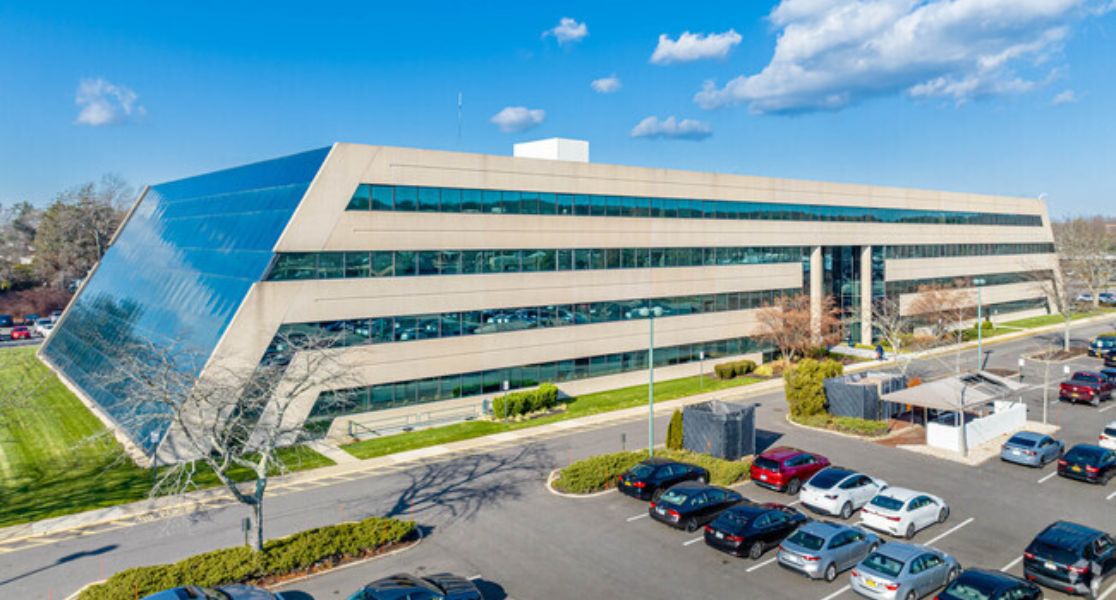
A gross lease, also known as a full-service lease, is where the landlord is responsible for paying all of the operating expenses associated with the property, and the tenant pays a fixed rent to occupy the space.
In a gross lease, the landlord is paying for all of the operating expenses such as:
- Real estate taxes
- Insurance
- Utilities
- Maintenance
- Repairs and other expenses
Typically, this type of lease is used in multi-tenant buildings such as retail strip centers, shopping centers, or professional office buildings.
Gross Lease Advantages & Disadvantages for Landlords
Advantages to the Landlord
Negotiating Higher Rental Amounts – The landlord can account for the property’s operating expenses and include these costs in the tenant’s rent. This is a way to alleviate the cost of property operation from the landlord.
Predictable and Stable Income – The landlord knows that they will always receive a steady income since it is a fixed amount.
Disadvantages to the Landlord
Responsible for Operating Expenses – Operating expenses can fluctuate on an annual basis. If operating expenses increase for the landlord, their existing tenant rent agreements may not cover the increased amounts. This can leave landlords having to pay more in operating expenses.
Gross Lease Advantages & Disadvantages for Tenants
Advantages to the Tenant
Fixed Rate – Tenants generally don’t have to worry about their rent fluctuating month to month within gross leases. It’s a fixed base rate for the agreed-upon lease terms. They have no responsibilities in directly paying the operating expenses. This makes it easier for tenants to budget their rent and other business expenses.
Disadvantages to the Tenant
Higher Base Rent – Tenants should expect a higher rate for a gross lease than a modified gross or net lease. Since the landlord is paying 100% of operating expenses, the landlord tends to charge a higher base rent amount to help cover the operating expenses.
How Are Gross Leases Different to Other Types of Leases?
Modified Gross Lease
Tenants pay a proportionate share of some property expenses. The specific expenses that fall under the tenant’s responsibility vary between properties and landlords. These expenses can include real estate taxes, insurance, common area maintenance, and more.
The lease agreement will document the tenant’s share of expenses. This type of lease varies from a gross lease because the tenant does not directly pay toward the property expenses.
Learn more about modified gross leases here.
Net Lease
A net lease differs from a gross lease in terms of expense payment. In a net lease, the tenant takes on either some or all of the expense costs. Types of net leases include single net leases, double net leases, and triple net leases. Net leases place more responsibilities on the tenant.
Within a single net lease, the tenant pays rent plus property taxes.
In a double-net lease, the tenant pays rent plus property taxes and insurance.
For triple net leases, the tenant pays rent and all of the existing property expenses.
Learn more about net leases here.
Conclusion
Gross leases are extremely common within the commercial real estate field. A gross lease is also the simplest form of a commercial real estate lease. There are several benefits to having a gross lease, both for the landlord and the tenant. By utilizing the benefits that gross leases provide to landlords, they can maximize the value of their assets.






